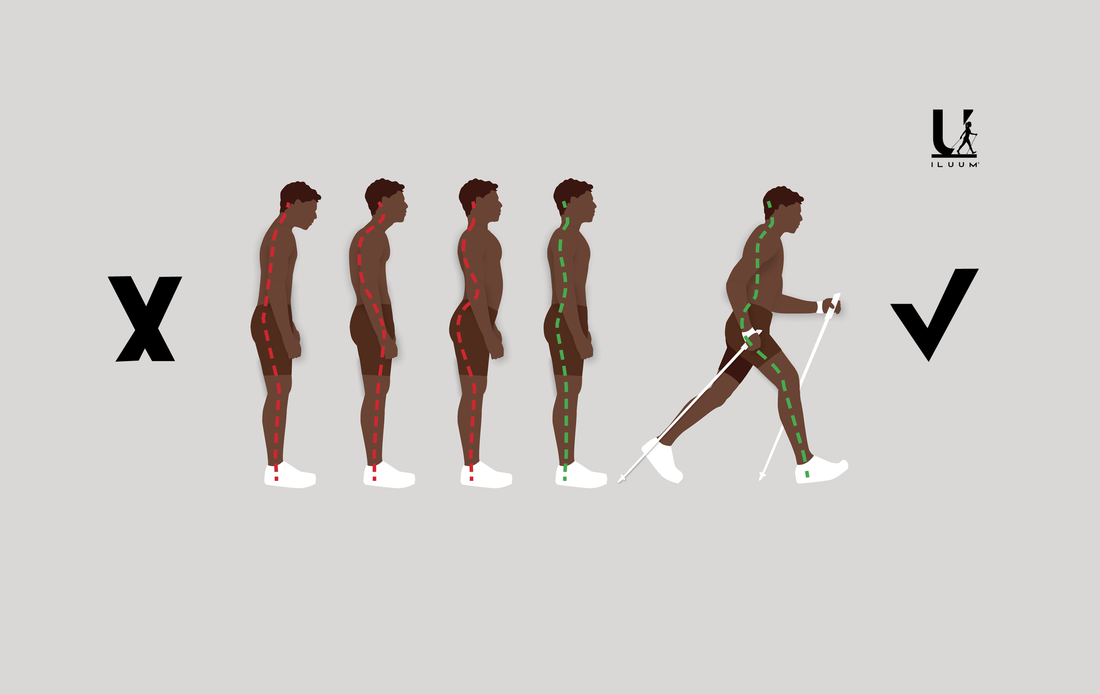Let's start from the beginning - we all have our own unique walking styles. It's your very own pattern that you repeat 365 days a year. You may not have paid much attention to it consciously, but whatever your walking style, you most likely copied it from your parents when you were a child. Imagine for a moment how your mother or father walks. Did you recognise yourself?
Copying is humane - it is our desire to be accepted and belong to a group. What is more important though is what walking kind of a pattern have you been practicing?
Are the movements that you repeat for 365 days secretly creating trouble and hurting your health?
Your walking pattern (gait), posture and pace can reveal more about your personality and overall health than you might think.
Note: Of course, there are also those whose bad posture is the result of injury, illness or genetics – problems that are mostly out of their control. A combination of these factors is also quite common.
According to research, bad posture is a common problem, with 65.3% being the overall prevalence of incorrect posture in children and adolescents in China, and according to the American Chiropractic Association, over 31 million Americans suffer from poor posture at any one time. In other words, they push through life with a habitual walking pattern that harms their health.
The very first step to knowing your walking pattern is self-awareness: identifying your natural posture and which habitual movements have carried you so far.
For better identification, we have highlighted the characteristic features of a "health-promoting" walking posture, put together by Harvard Health Publishing:
Was there anything about the above-mentioned “health-promoting” walking posture that you hadn't paid much attention to?
If you stopped by at least one of them slightly longer, the following "health-damaging" walking pattern adjectives may be familiar to you: dragging your feet, hips forward, heavy legged, tense body, crouching down, short steps, not moving your hands, back pain …and so on.
Before we go deeper into the topic, get to know your body again:
Look at yourself in front of the mirror, let your loved ones describe your posture, practice consciously keeping your body in the right position.
Our experience shows that the goal of remembering to keep your body in the right position while walking takes a bit of training (help). And this help is provided by the unique ILUUM walking training poles while walking. More about how exactly, in the next entry.
ILUUM walking poles make your walk purposeful. Balance leads you.

